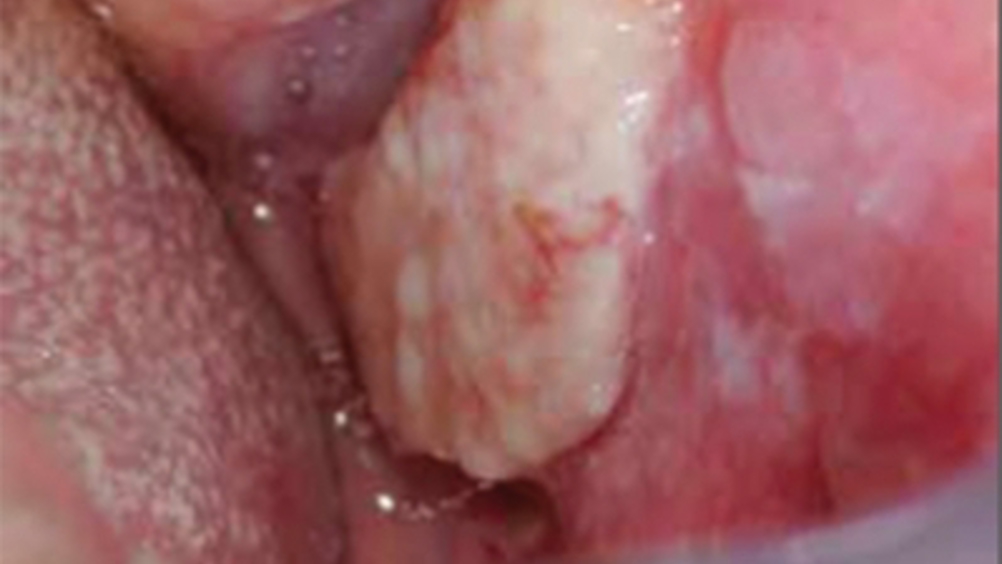Raising awareness

Amit Patel discusses oral cancer.
Oral cancer is now often referred to as mouth cancer; it is claimed that this is better understood by lay people and patients. It continues to receive a lot of attention in professional and public circles. Although not a new condition, the increase in awareness has also been driven by an unfortunate increase in its incidence, particularly so in younger people, who traditionally have been far less affected by it. The latest recorded figures show that over 6,000 people a year are diagnosed with oral cancer in the UK and that the incidence in Great Britain has steadily increased over the last 20 years with a 66 per cent increase between the years 1988-90 and 2007-09 (30 per cent in the last decade). There is a bias towards men by two-thirds to one-third in women and just under half of cases are diagnosed in people aged 65 years or over. The predisposing factors are classically listed as the use and abuse of tobacco (smoking and chewing) and alcohol, although not all users develop oral cancer and not all sufferers have these habits. Additional factors include poor diet (deficiencies in vitamins A, E or C or possibly trace elements), an impaired ability to metabolise carcinogens and immune defects.
Register now to continue reading
WHAT’S INCLUDED
-
Unlimited access to the latest news, articles and video content
-
Monthly email newsletter
-
Podcasts and members benefits, coming soon!
